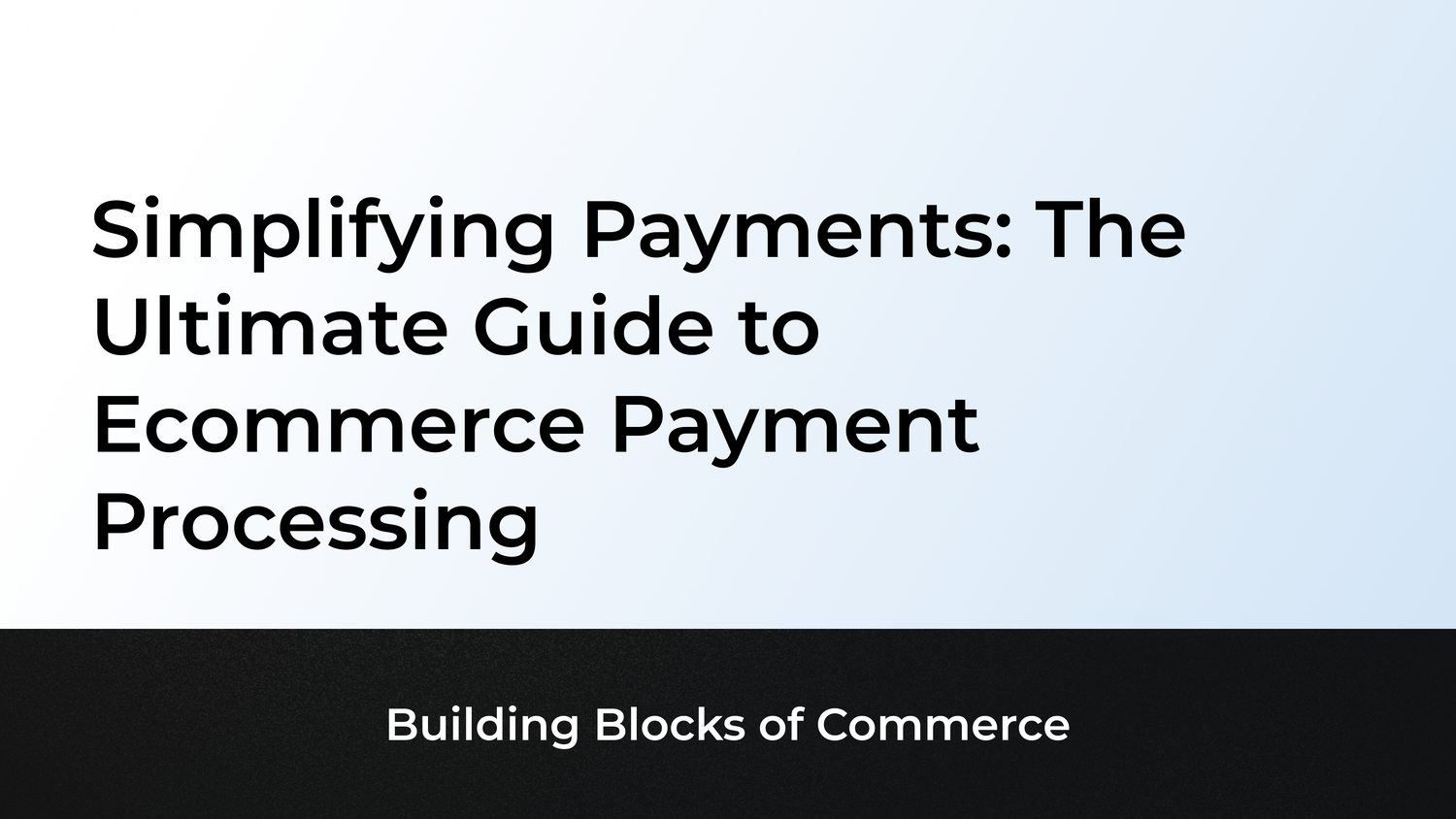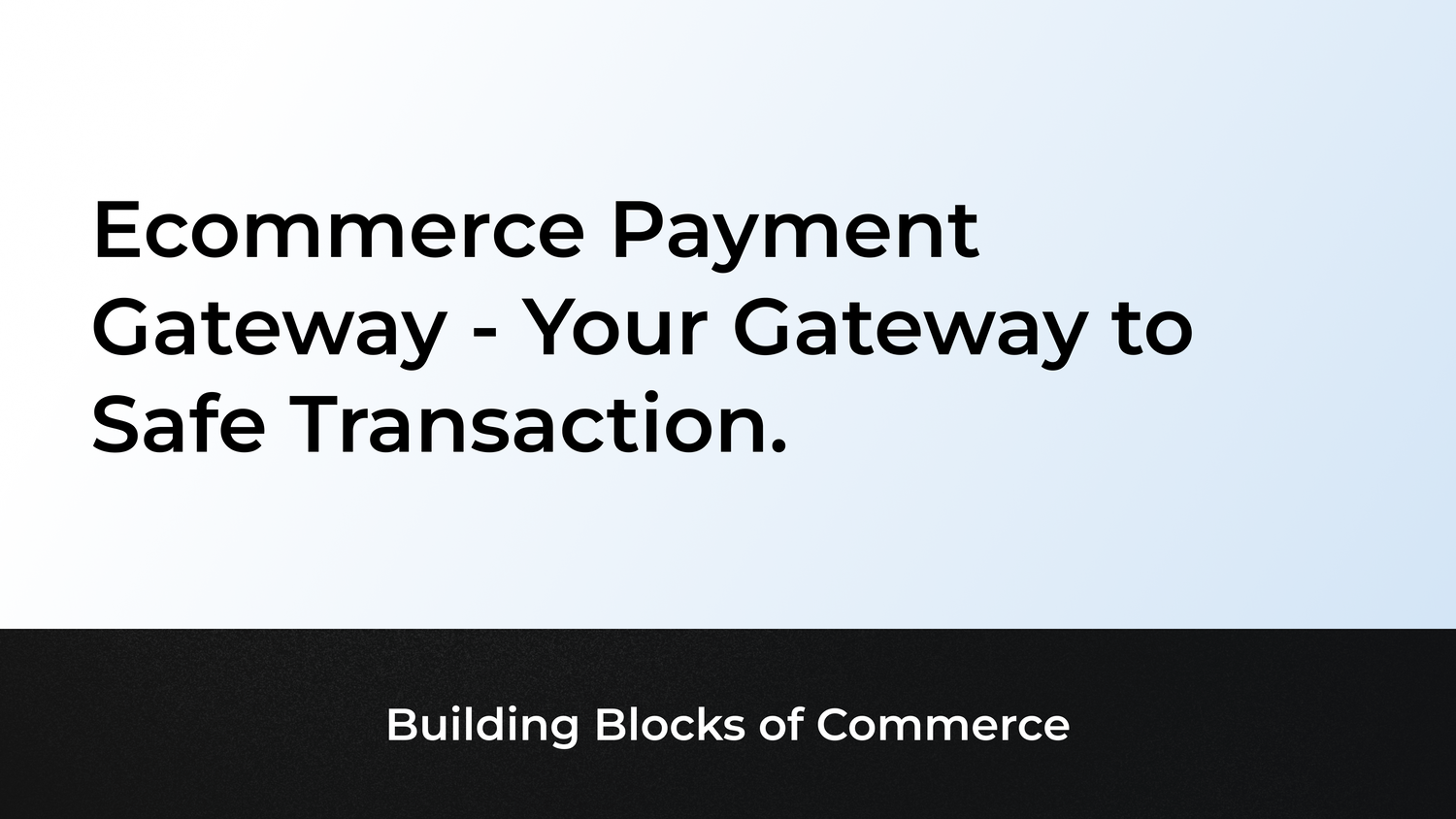Introduction
😍🤣💩😑😴🙌🙏🤦♂️🔥
What’s your favorite Emoji?
In a survey conducted by Harris Poll and commissioned by GIF platform Tenor, it was found that 36% of millennials (ages 18 to 34) prefer gifs and emoji to better communicate their thoughts and feelings compared to words. We know why!
Emoji have changed the way we text today! One associates deeply with an emoji’s implication. Thus, a “:)” or “:|” can change the tone of an entire conversation and even amplify the sentiment! Emoji have the power to depict an entire range of human emotions and accurately at that!
😔 😟 😕 😖 😫 😩 😭
Constant upgradations in technology are now also allowing people to use emoji that record their voice and facial movements! There are websites dedicated to creating original emoji and some even turn your photo into an emoji!
But how did we start using emojis? Where did it all begin? Who created the first smiley face?
The original emoji
In 1881, four faces depicting joy, melancholy, indifference, and astonishment appeared in an issue of the Puck magazine. They were called emoticons and were facial expressions made with punctuation marks. The magazine called them “typographical art.”
From 1881, our story takes us to 1982, when these emoticons were first used as a way of communicating. Scott Fahlman, a Carnegie Mellon University faculty member, came up with a genius idea to differentiate between jokes and serious posts on the University digital message board:
- Add the symbol :-) to denote humorous posts
- Add the symbol :-( to serious ones
- Look at the symbols sideways
Post the widespread usage of emoticons, Shigetaka Kurita, an engineer at the Japanese phone company, NTT Docomo in 1998, created a way for customers to communicate through icons. This was the birth of modern-day emoji as we know it! Shigetaka came up with 176 icons and his ideology for the name came from two Japanese words; “e” (picture) and “moji” (character).
Today, roughly 3,136 emoji exist and they are constantly evolving!
The advent of Emoji on Social Media:
In the past couple of years, multiple social media agencies, influencers, and brands realized that emoticons were an excellent way to build brand trust & warm-up new audiences more effectively. Today, we see more and more brands incorporating and even creating new emojis to match their communication needs.
In the image below, you can see how Taco Bell not only incorporated emoji in their messaging but they went one step ahead and created their own Taco emoji!

Emojis in tech:
As technology continues pushing boundaries, the world wide web is being emojified too! What does that mean?
According to the Moz article, Google has already started working on indexing sites with emoji. This is due to more and more millennials beginning to search using emoji. This simply means that when a user wishes to search for something, they will be able to do so using emoji, as Google will be able to remember whether your meta descriptions include emoji on your website!
For example:
1. If you wish to order pizza, you can simply do the following:

2. If you wish to book a flight, you can do the following:

There are sufficient data that makes it evident that the usage of emojis have increased and can be expected to only grow exponentially in the years to come.
The question is - Should your brand use emoji on your website?
Well, if you’re only considering your website, then NO.
Your website is your brand’s media asset, just as social media handles, emails, and all other sales channels and communication platforms. If you use emoji, it needs to stay consistent across all these platforms leading to consistent brand communication.
So, the correct question would be - Should you use emoji in your brand communication?
The benefits of using emoji in your brand’s messaging are far many, but we’ve categorized them into 4 points:
-
VISUAL AID
People process visuals 60,000 times faster than words. Emoticons can add to the visual messaging for your brand. In addition to giving your brand a fresh & fun appeal, this can also lead to increased Click-Through Rates.
-
BRAND AFFINITY
Most urban audiences are very familiar with emojis. They’re fun, uncomplicated, and instantly lighten your mood. This is why more audiences are attracted to them and have developed an affinity over the years. This affinity for a particular emoji can very well extend onto the brand affinity over repeated targeting.
-
MILLENNIAL APPEAL
Although emoji don’t have an age restriction, they’re widely popular amongst the millennials. They can lead to better user experience for your audience.
-
SEO VALUE
Emoji can help improve your website’s relevance in Search Pages. They can also help promote local SEO through lesser competitive SEO emoji strategies
While these benefits may seem attractive, it is important to remember that using emoji in the brand’s messaging, be it through the website, social media, mailers, etc is not for everyone!
For any brand to include emoji in their brand strategy, first and foremost (and we cannot stress on this enough) they need to think about what sort of brand positioning they’re aiming for and how emoji will change the brand’s perception.
If emojis:
- Do not match your brand voice
- Create an unprofessional brand image
- Dilute or distract from your core message
- Do not go with your brand style scape
- Do not convey your brand’s core ideology
then, there is no point in experimenting with them! The choice to use them or not use them has to be a carefully thought out decision.
Conclusion:
Emoji have been there for a while. They’ve marked their presence and they aren’t leaving anytime soon. But, that doesn’t mean you hop on this bandwagon before carefully weighing the pros and cons.
Yes, emoji usage has a lot of benefits associated with it. But it needs to work in sync with and enhance your brand’s appeal. If it doesn’t compliment your core messaging, it can have a detrimental effect on your brand positioning & perception leading to a dip in sales.
If you do decide to go ahead with using emojis, research well on the emojis that particularly attract your target audience, gender, and age.
In the end, it’s all about finding the perfect ⚖




